The master of flower cultivation always has three kinds of "fertilizers" at home, which can be used for common flowers, and a little bit is effective

1. Three-element compound fertilizer
We can usually buy ternary compound fertilizer in the market. It is a very common fertilizer. Its main elements are nitrogen, phosphorus and potassium. It is rich in nutrients and has few side effects that will have a bad effect on flowers.
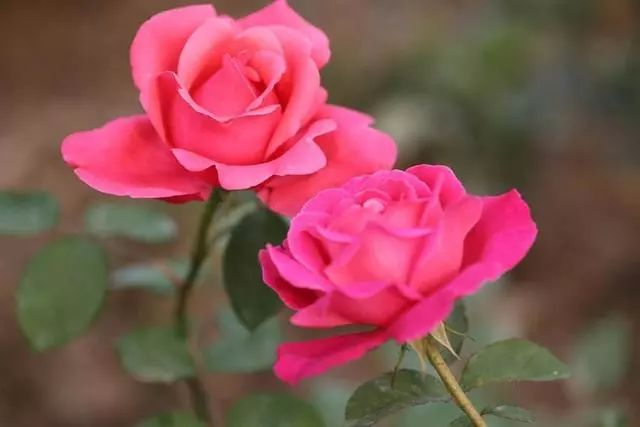
At the same time, the physical properties of compound fertilizer are very stable. Therefore, ternary compound fertilizer is often used for balanced fertilization to make the flowers and plants at home grow more beautiful and dense. It is recommended to buy it for friends who have roses, azaleas, peonies, chrysanthemums and other flowers at home!
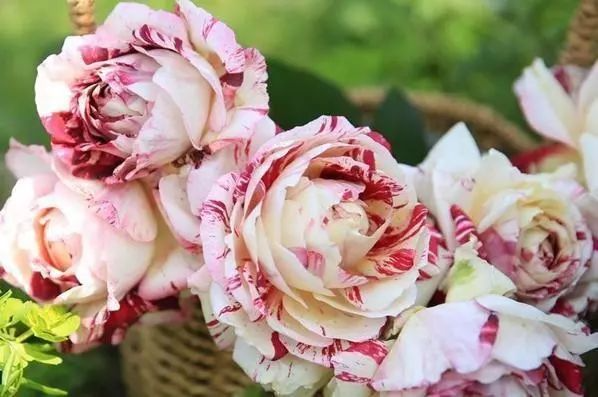
Its usage is also very simple. Generally speaking, we need to change the soil for the flowers at home in spring or autumn every year. When changing the soil, we can mix some triple compound fertilizer in the soil. Or, we can sprinkle some triple compound fertilizer on the surface of the soil where the flowers are planted every month or so, and then dissolve it by watering, so that the roots of the flowers can better absorb nutrients and grow more beautifully!
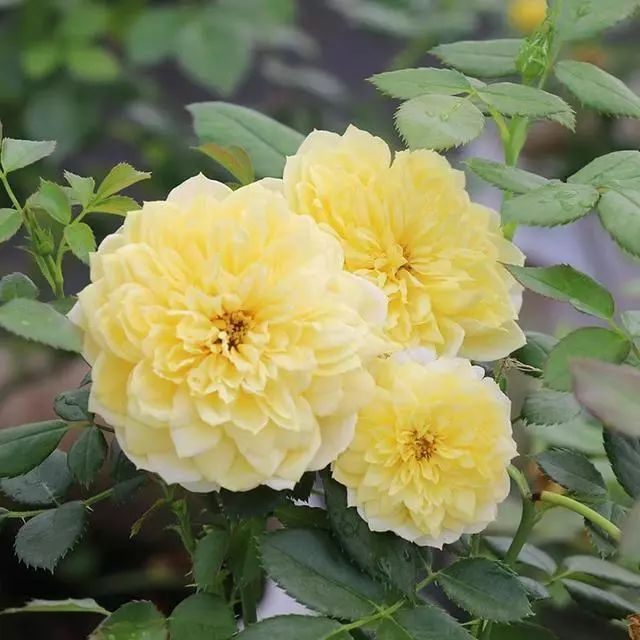
2. Phosphorus and Potassium Fertilizers
As the name suggests, it refers to a fertilizer containing the two elements of phosphorus and potassium, which is essential for the growth of certain plants, such as jasmine, kalanchoe, gardenia, etc. Moreover, you can easily make phosphorus and potassium fertilizers at home, and the fertilizers you make yourself are guaranteed to be healthy, non-toxic and harmless, and the raw materials are what you usually have at home.
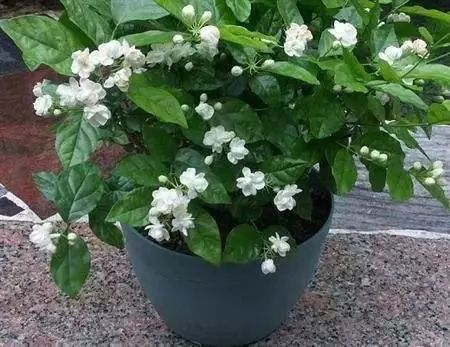
Do not throw away the leftover fruit peels or unused rotten vegetable leaves at home. Pour them into a sealed container and add about twice the amount of sand, mix well and seal it tightly. After a few days, you will find that the fruit peels in the sealed container have become nutrient-rich humus soil, which can be used for fertilization and topdressing!
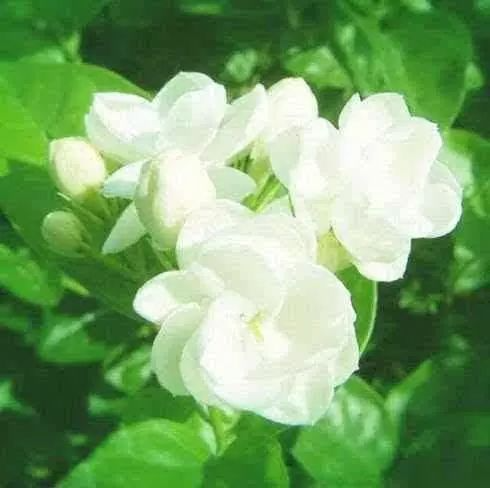
3. Ferrous sulfate
I believe that many friends must have encountered the situation that the leaves of flowers turn yellow during the process of growing flowers. At this time, a small blue powder called ferrous sulfate can come in handy! Since ferrous sulfate contains iron, it is helpful to prevent chlorosis to a certain extent, which is what we often call yellowing of leaves.
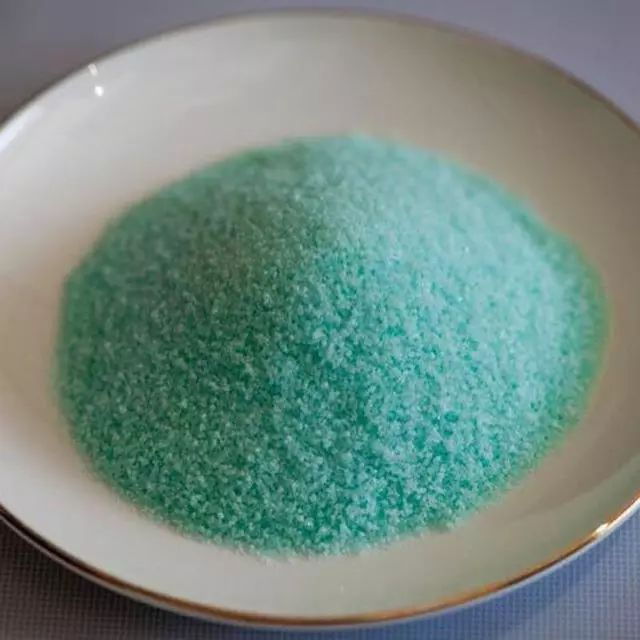
Not only that, friends in the north can also use it as a "converter" of soil acidity and alkalinity, because in fact most of the soil in the north is alkaline, and some beautiful flowers need acidic soil to grow more luxuriantly. Ferrous sulfate can solve this problem!